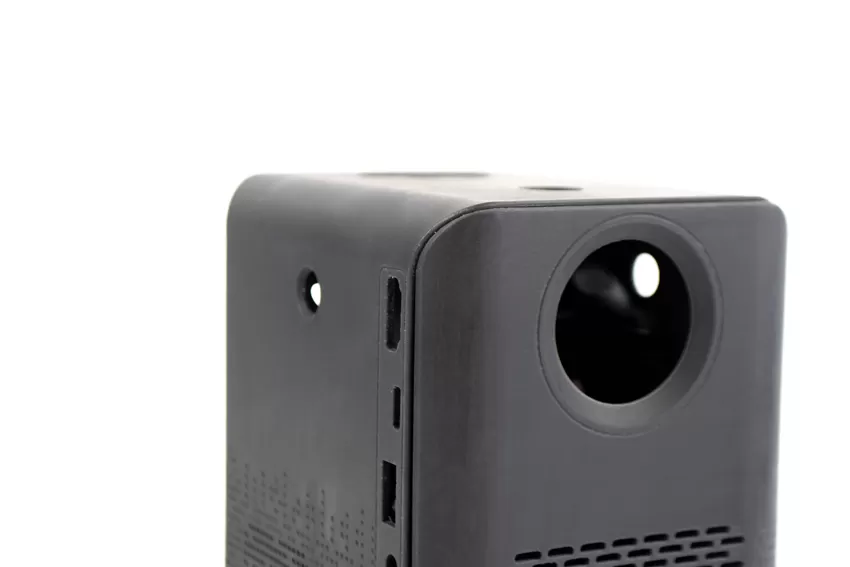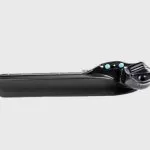
Case study of rapid injection molding for automotive central control components
2025-04-30
Design of Aluminum Alloy Die Casting Mold for Automotive Variable Shell
2025-05-113D printed audio plastic shell
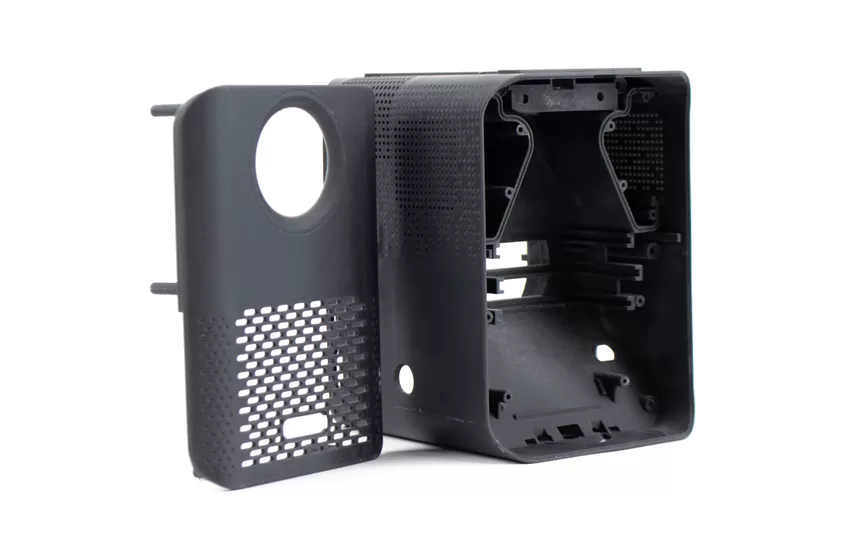
Processing method: SLA curing molding
Material used: photosensitive resin
Maximum accuracy: 0.1mm
Production cycle: 4 days
Product size: 10cm * 13cm * 11cm
Post processing: polishing+spraying black gloss oil
Case introduction

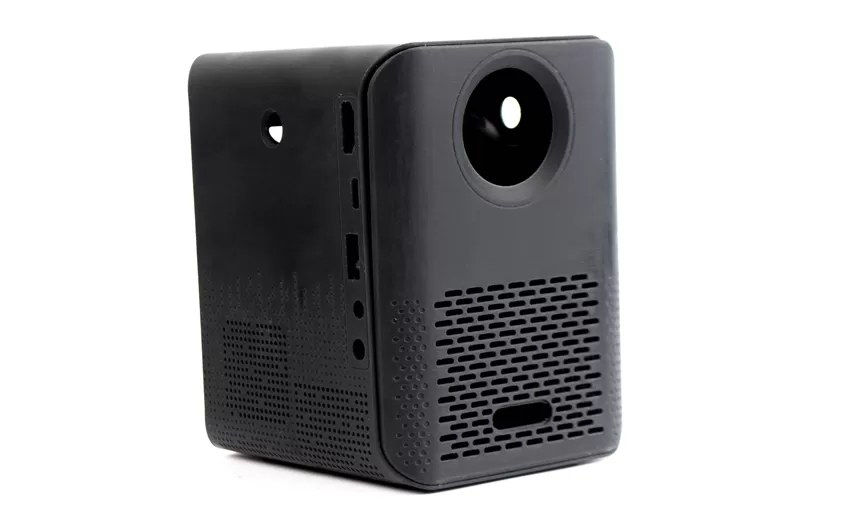
We make plastic product shells for our customers, and when modeling the appearance of the product, we choose different plastic materials based on the intended use of the customer's shell model. Different materials also have different physical properties, for example, if the customer is verifying the appearance structure, then the photosensitive resin used. The advantages of photosensitive resin are relatively smooth and inexpensive, but the disadvantage is that it is relatively brittle; Of course, it is also possible to choose imported photosensitive resin materials to make the structure and appearance of the prototype shell, which will result in better toughness products.
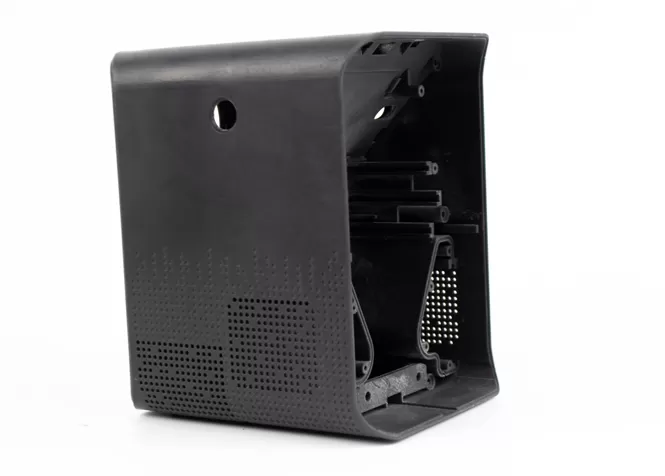
Nowadays, the production process of prototype is becoming increasingly efficient and fast. The characteristic of prototype or product itself is that the more components there are, the longer the supply chain and product line will be, and the more time and cost will be required for assembly and transportation. The characteristic of integrated 3D printing is that it does not require reassembly, thereby shortening the supply chain and saving costs in labor and transportation. 3D printing technology makes the production of prototype components more efficient and fast.
